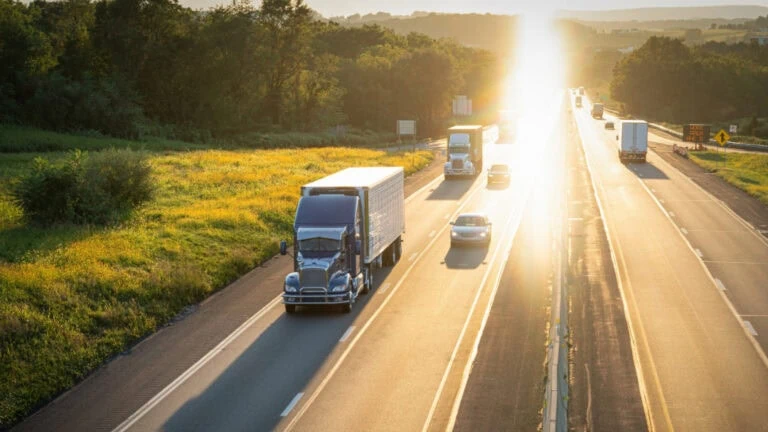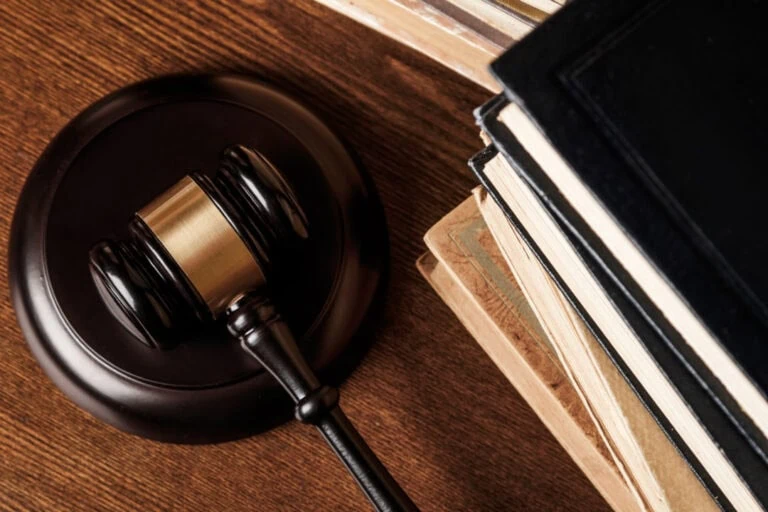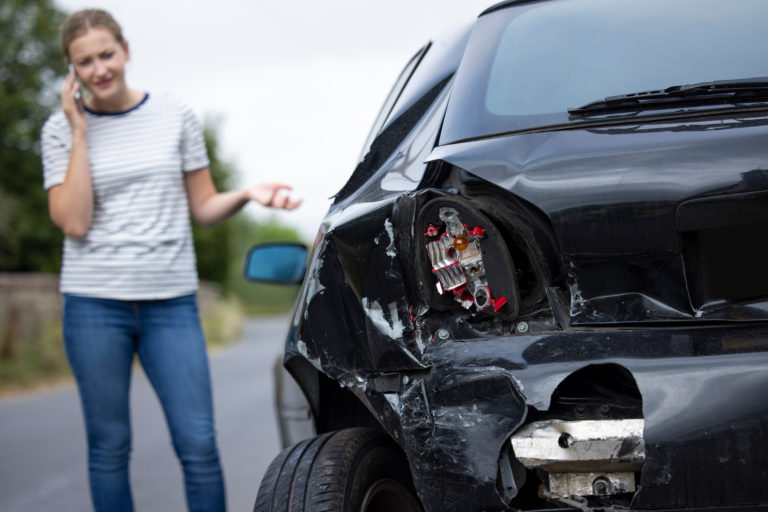Trucking companies are using a variety of hi-tech devices that are changing the face of trucking litigation.
On-board computers, electronic logging, GPS systems and satellite and wireless tracking can provide a wealth of information about an accident and the history of the driver and vehicle.
“Everything that touches a truck these days frankly is electronic,” said Morgan Adams, chair-elect of the trucking litigation section of the American Association for Justice.
He noted that on-board recorders can track over 175 characteristics, such as vehicle speed, hard-braking incidents and vehicle maintenance.
This information is a “boon” to plaintiffs’ attorneys, who are using it to bring claims against trucking companies for negligent supervision and negligent maintenance as well as spoliation of evidence, said defense attorney Kenneth Abbarno of Reminger & Reminger in Cleveland.
In a highly-regulated industry, electronic devices are a new way for trucking companies to monitor a driver’s route, how long a driver is on the road, how much time a driver spends at rest stops and other information.
“It’s the new trend, because the data recorders are more and more sophisticated,” said Marc Saperstein of Davis, Saperstein & Salomon in Teaneck, N.J., the immediate past president of the Association of Trial Lawyers of New Jersey.
This trend is one reason trucking accidents have become a specialized area of litigation.
“A lawyer who treats a truck wreck like a big car wreck case has committed a cardinal sin and will be talking to his malpractice carrier sooner rather than later,” said Adams, who practices in Chattanooga, Tenn., and writes a blog on truck accident litigation, www.truckinjurylawyerblog.com.
Click here to see accompanying story: “New trucking regs around the corner?”
Truckloads of data
The main source of information is the “black box,” also known as an electronic control module or electronic data recorder, which records events like hard-braking, cruise control settings, when the truck traveled at various speeds and sudden decelerations.
Newer electronic on-board recorders, known as EOBRs, monitor the speed of a truck as well as the number of driving hours, and can indicate every time a driver goes over the allowed number of hours or drives over the speed limit.
Some carriers have replaced hand-written logbooks with GPS satellite and wireless devices that track a driver’s schedule and route and beam the information back to the company.
Other devices are now being introduced that use video cams and radar to track and warn of potential hazards, including blind spots or when a driver is drifting out of a lane. The data is then uploaded to the company computer in real time.
The combined data can help reconstruct an accident.
“Now you have concrete proof. You can quickly find out how fast the truck was going without need for further investigation,” said Daniel Munley, an attorney with Munley, Munley & Cartwright in Scranton, Pa.
Hours-of-service violations are a big focus in trucking cases, as they can point to driver fatigue or inattentiveness.
The electronic paper trail can also lead to punitive damages if a company knew that a driver repeatedly exceeded the hours-of-service rules and didn’t take him off the road, or did not maintain a vehicle even though the on-board recorders indicated maintenance problems.
Race for the data
While a potential treasure trove of data is out there, getting it is not always easy.
Under federal regulations, trucking companies are only required to keep most records, such as daily driving logs, for six months.
Other types of documentation must be retained for one or two years, depending on the type, but there are no specific rules for electronic satellite data.
Another factor is that some on-board recorders can be set to “on” or “off” by default.
The first thing plaintiffs’ attorneys must do in a trucking case, even before filing suit, is send a “records preservation letter,” notifying the company of the information it must preserve.
“We get pretty specific about the list of items to preserve, [including] all electronic data from the EOBR or any sort of GPS system or other on-board computers,” said Ken Shigley of the Shigley Law Firm in Atlanta.
“If you don’t send the letter, the information is going to get lost or destroyed,” said Steven Gursten, a partner with Gursten, Kotolnow, Gursten, Christensen & Raitt in Southfield, Michigan.
Gursten, the current chair of the Interstate Truck Litigation Group of the American Association for Justice, goes further and files a restraining order to enjoin the company from touching the truck.
“The first thing is to have your expert go to the computer module on the tractor trailer and download it onto [his or her] laptop,” he said.
In some cases, the software needed to download the data is proprietary and needs to be obtained from the manufacturer of the recorder, said Saperstein.
Defense lawyers also want to get the information as soon as possible, said Abbarno.
“You have to download the data and consult with your [accident] reconstructionist or engineer to ascertain whether it is good or corrupt,” he said.
An example of corrupt data would be if the recorder had a power failure or other damage that would create problems with the reliability of the data, said Abbarno.
He recommends that defense lawyers find out if the other vehicle in an accident contained a data recorder.
“All cars have some sort of recorder and you want to figure out how to get it and what it will tell you” in comparison to the truck’s data, Abbarno said.
Disputes over spoliation of evidence are also common in trucking cases.
In many cases, a plaintiffs’ lawyer does not get the case until long after the accident and the data has been erased.
Shigley, who was recently referred a case by a lawyer who did not send a preservation letter to the trucking company, said he must now piece together other information from other documentation like fuel cards and toll pass records.
Munley said that in some cases, defense lawyers arrive on the scene and have argued that the data is “work product” subject to privilege.
$1,100,000 Settlement
Bicycle Accident
$3.7 Million Settlement
Medical Malpractice
Six Figure Settlement
Nursing Home Abuse
$810,000 Recovery
Auto Accident
$1,700,000 Verdict
Defective Product
$750,000 Verdict
Nursing Home Abuse
$3.3 Million Verdict
Asbestos / Mesothelioma
$1,000,000 Settlement
Slip and Fall
$1,500,000 Verdict
Auto Accident
$1,200,000 Settlement
Construction Accident
$370,000 Recovery
Auto Accident
$600,000 Verdict
Construction Accident
$725,000 Settlement
Auto Accident
$750,000 Verdict
Defective Product


